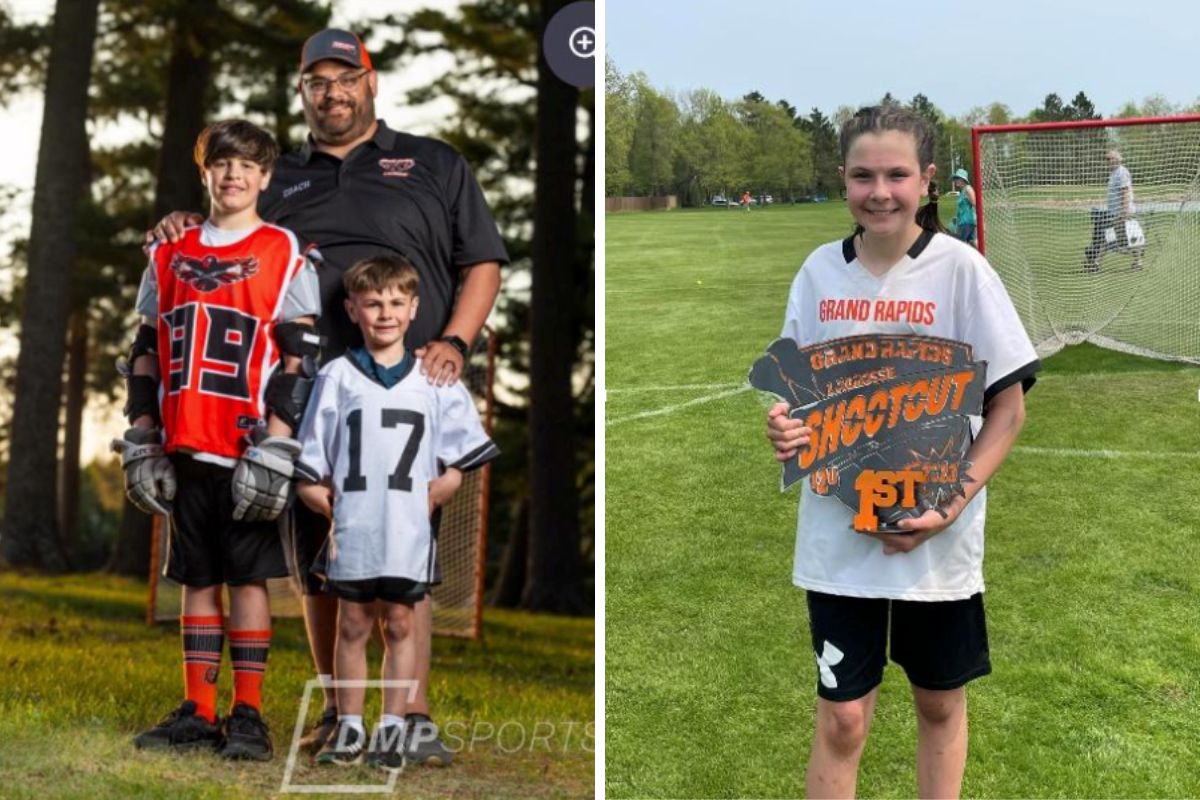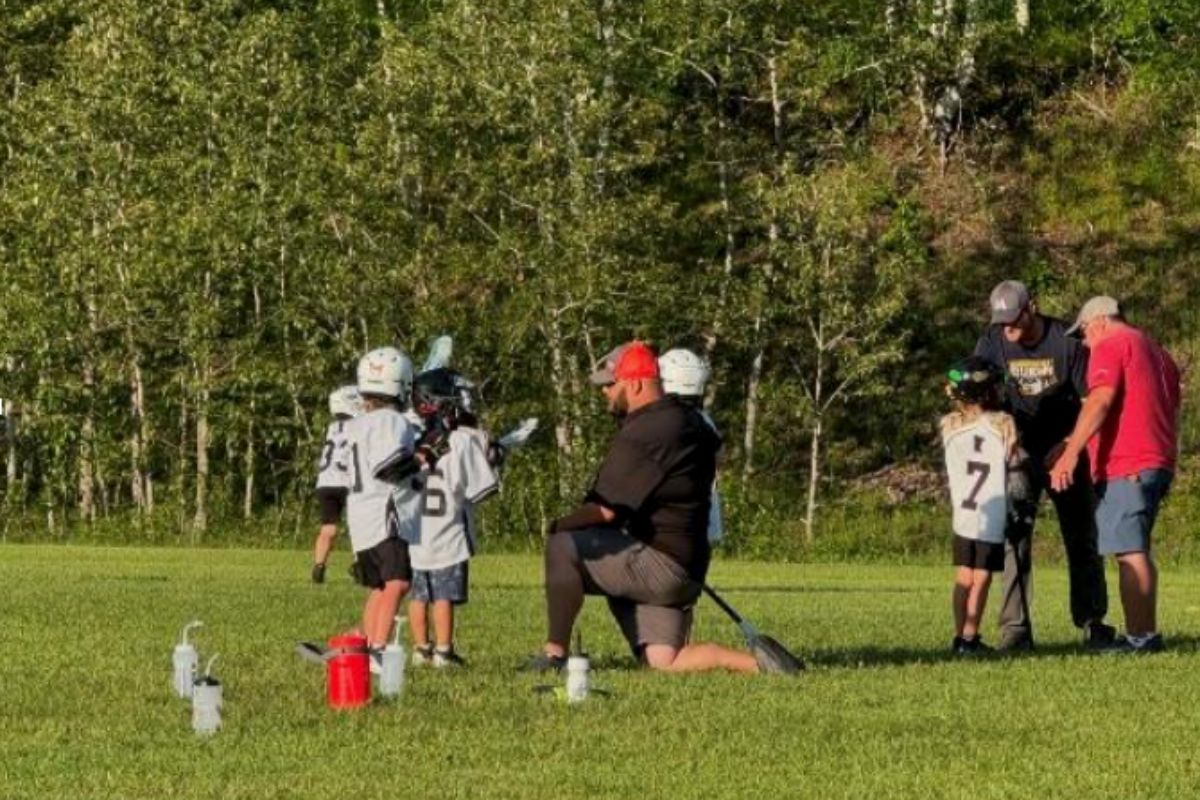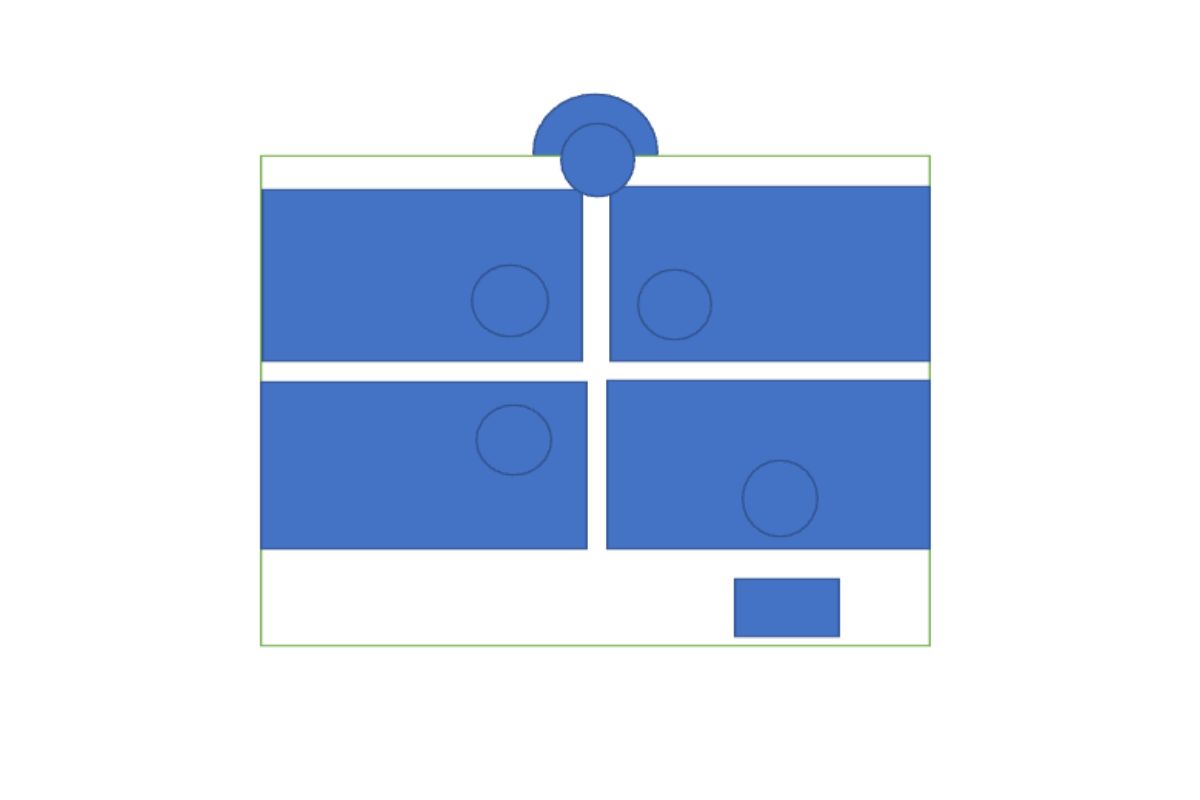Youth lacrosse at the 8U level is a unique blend of excitement, learning, and organized chaos. For many parents and coaches, it’s the first glimpse into the sport’s foundation—where teamwork, skill development, and fun take priority over competition. If you’re stepping into the lacrosse world for the first time or looking to understand what 8U is really about, this guide offers insights from a parent and coach who’s been through it, twice.
Starting Early: A Parent-Coach Perspective
My youngest son began his lacrosse journey at the 8U level. Unlike my older son who started at 10U, I wasn’t quite sure what to expect.

Over the years, I’ve coached a various of Grand Rapids Youth Teams, including 10U and 12U boys. These experiences helped me understand just how critical the fundamentals are—especially at the earliest stage.
What to Expect: No Positions, No Pressure
At 8U, formal lacrosse positions aren’t assigned—there’s not even a designated goalie. That said, there’s usually one enthusiastic kid who’s determined to stop the ball and play the hero. Coaches teach a simple square-shaped formation for offense and defense to help kids spread out and avoid chasing the ball in a crowd.
Learning Through Play: Building Teamwork and Fundamentals
Before a player can attempt a shot, they’re required to pass the ball—whether it’s caught or not. The idea is to introduce teamwork and build the habit of scanning the field, looking for open teammates, and playing collectively.

Practices focus heavily on:
- Passing and Catching to improve hand-eye coordination
- Cradling to teach ball control
- Basic field movement to introduce spatial awareness
Encouraging Your Child Through the Learning Process
Progress at 8U can feel slow, but small moments build big confidence. One strategy that works well: turn drills into games. Long explanations often lose attention, but pausing during a drill to teach a quick concept is highly effective.

Here’s what’s helped:
- Practice at home or with older siblings
- Frame challenges with empathy: not every player starts at the same level
- Encourage helping others who are struggling
- Reinforce that fun and effort matter more than goals or wins
During games, highlight teamwork and rule-following while keeping the mood light and joyful. If it stops being fun, the desire to continue fades.
The Box Formation: Teaching Spacing and Defensive Responsibility
We used a square or “box” diagram to help young players understand spacing. Each player “owned” their square and defended when the ball entered it. When the ball was elsewhere, players shifted inward to clog the middle and prevent a straight run to the goal.

On offense, this same formation helped players spread out and avoid clustering. It took time—but the concept clicked over the season and dramatically improved field awareness.
Equal Playing Time, Minimal Pressure
Coaching 8U is all about development. Coaches ensure every child gets equal time on the field, regardless of their enthusiasm or ability level. Scorekeeping is usually informal, and motivation comes from encouragement—not competition.
Intro to Faceoffs
Faceoffs aren’t a focal point at this level, but we introduce them at the start of each quarter so players get familiar with the rhythm and setup before it becomes a core skill at 10U.
Equipment Requirements: What Parents Should Know
USA Lacrosse has specific gear standards to ensure safety and readiness at 8U. Here’s a parent-friendly breakdown:
| Item | Details and Tips |
|---|---|
| Youth Helmet | Must be SEI certified and meet NOCSAE standards. School color matching is helpful. |
| Short Crosse | Length: 37–42 inches. No long poles at 8U. |
| Boy’s Gloves | Should fit comfortably with hands fully inside. Try before buying if possible. |
| Youth Cleats | Cleats recommended for grass fields. Regular shoes may cause slipping. |
| Protective Cup | Comfort matters—look for supporters or all-in-one garments for fit. |
| Arm Pads | Elbows must be fully covered. Fit is key—have your child try them on. |
| Shoulder Pads | Must meet NOCSAE ND200 standards. Covers shoulder, collarbone, and sternum. |
| Mouthguard | Must be a visible color—no clear or white. Can be self- or dentist-molded. |
If you’re on a budget, consider quality second-hand gear that still meets safety standards. Lacrosse startup costs can add up—especially if your child is still exploring whether the sport is a long-term fit.
Volunteer Referees = On-Field Guidance
Instead of calling penalties, volunteer refs pause the game to explain what happened and why it would be penalized later. Sometimes players rotate out, sometimes they stay in. Either way, it turns rules into learning rather than discipline.
Final Thought: Fun First, Competition Later
Coaches and refs are volunteers. Mistakes happen, and the goal is progress—not perfection. If the kids feel supported, learn the basics, and have fun, the rest will follow.

